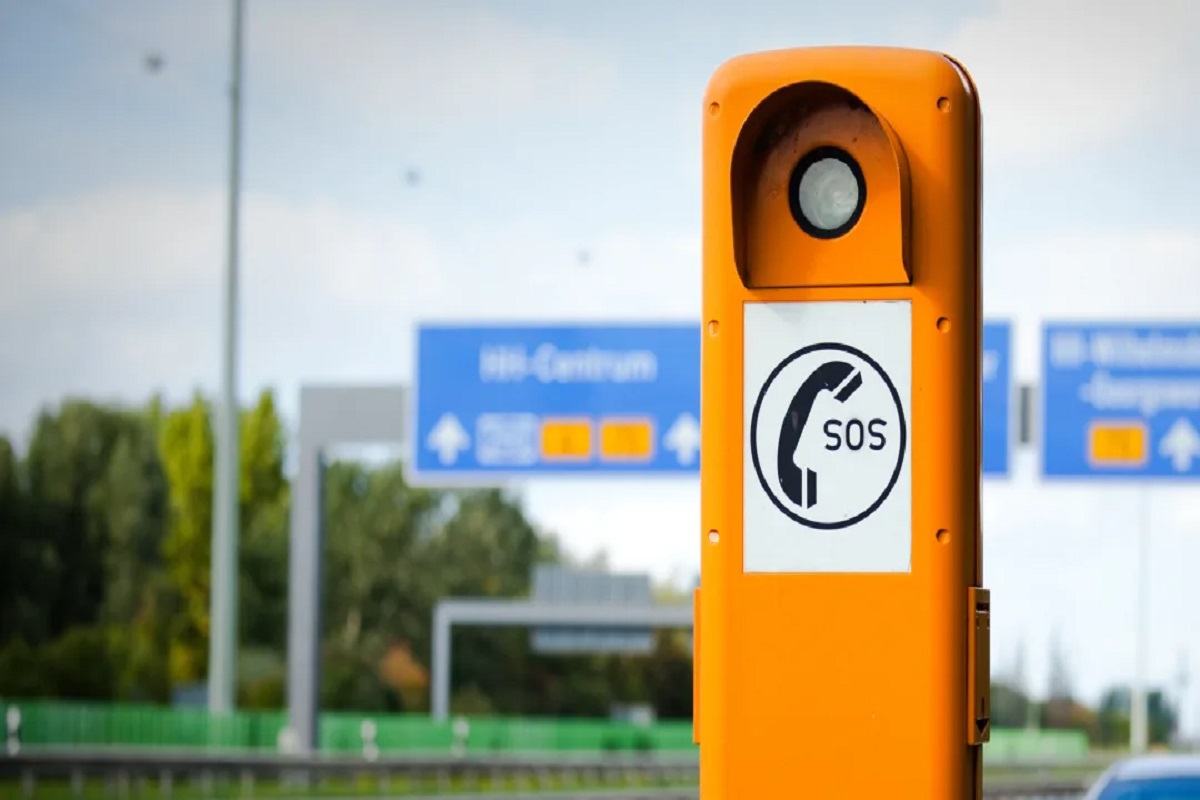“SOS” is a well-known distress signal, but it doesn’t stand for anything specific, like “save our souls” or “save our ship.” These are actually made-up phrases for the acronym. In reality, “SOS” is a continuous Morse code sequence of three dots, three dashes, and three dots without any spaces (…—…). However, people began using “SOS” because three dots represent the letter S, and three dashes represent the letter O in the International Morse Code.

This Morse code sequence has become a recognized visual distress signal on its own, and people in need of help often spell out “SOS” on the ground to be seen from above. If you break down the Morse code sequence, you can also interpret it as IJS, SMB, or VTB.
So, why use this specific sequence of dots and dashes if it doesn’t have a meaning? The reason is that it was the best way to communicate distress when wireless radiotelegraph machines were first used on ships around the early 1900s.
In those early days, sailors needed a way to quickly and clearly signal distress and ask for help. Different organizations and countries had their own distress signals, which caused confusion and language barriers when ships were in trouble in foreign waters. For example, the U.S. Navy used “NC,” the Marconi Company used “CQD,” and Germany used “…—….”
International regulations for radiotelegraph communications were established in 1906 during the International Wireless Telegraph Convention in Berlin to address this issue and create a universal distress signal. After considering various options, Germany’s “…—…” was chosen as the international distress signal because it could be transmitted rapidly and clearly without confusion. This standard went into effect on July 1, 1908.
The first recorded use of “SOS” as a distress signal happened in August 1909 when the SS Arapahoe’s wireless operators sent the signal after the ship’s propeller broke off the coast of Cape Hatteras, North Carolina. Not everyone immediately adopted the new standard. The Marconi Company was hesitant to give up “CQD.” In fact, during the sinking of the Titanic, Marconi operators initially sent “CQD” before eventually using “SOS” as well.
Leave a Reply